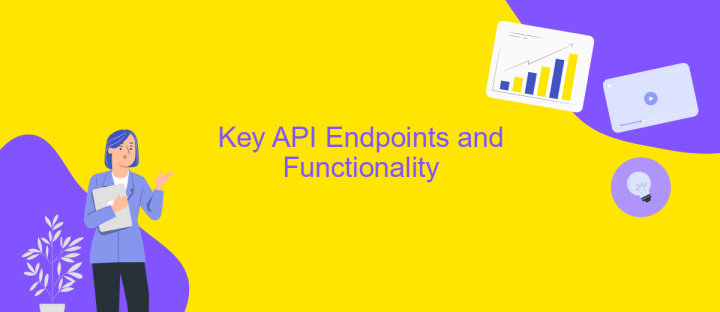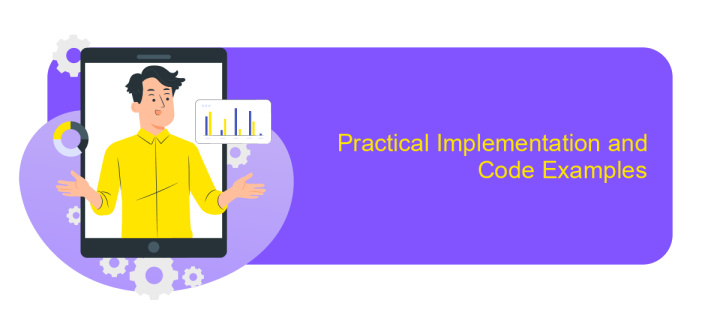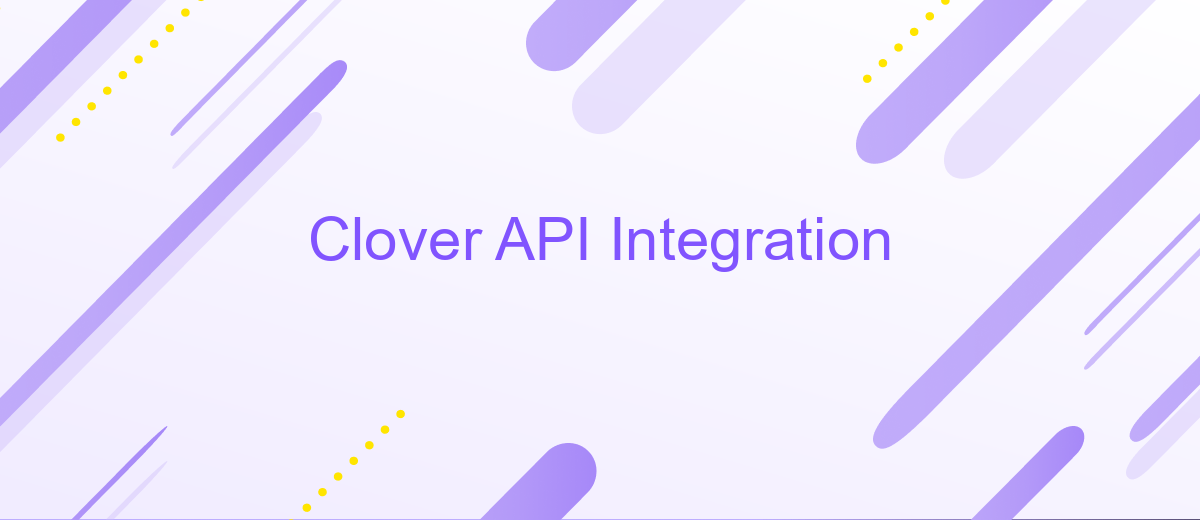Clover API Integration
The Clover API Integration is a powerful tool for businesses looking to streamline their operations and enhance customer experiences. By seamlessly connecting various business functions, this integration allows for efficient management of sales, inventory, and customer data. Whether you're a small business owner or part of a larger enterprise, leveraging Clover's robust API can lead to improved operational efficiency and increased profitability.
Introduction to Clover API
The Clover API offers a robust platform for developers seeking to integrate with Clover's comprehensive point-of-sale (POS) system. Designed to enhance business operations, the API provides access to a wide array of features, enabling seamless management of transactions, inventory, customers, and more. Whether you're building a custom application or enhancing an existing solution, the Clover API delivers the tools necessary for innovative and efficient development.
- Access to extensive POS functionalities
- Secure handling of payment transactions
- Real-time data synchronization
- Customizable reporting and analytics
- Support for third-party app integrations
By leveraging the Clover API, businesses can streamline their operations, improve customer experiences, and drive growth. The API's flexibility and scalability make it suitable for businesses of all sizes, from small retailers to large enterprises. With comprehensive documentation and a supportive developer community, Clover ensures that integration is both straightforward and rewarding, paving the way for innovative solutions tailored to unique business needs.
Authentication and Authorization

Integrating with the Clover API requires a robust understanding of authentication and authorization processes to ensure secure data exchange. Clover utilizes OAuth 2.0, a widely adopted authorization framework that allows third-party applications to access user data without exposing credentials. To begin, developers must register their application with Clover to obtain the necessary client ID and secret. These credentials are crucial for initiating the OAuth flow, where users are redirected to Clover's authorization server to grant permissions. Upon approval, the application receives an access token, enabling it to make authorized API requests on behalf of the user.
To streamline the integration process, services like ApiX-Drive can be invaluable. ApiX-Drive provides a user-friendly interface to connect Clover with various applications without extensive coding knowledge. It simplifies the OAuth setup, allowing businesses to focus on leveraging Clover's features rather than technical complexities. By using ApiX-Drive, users can automate workflows and synchronize data efficiently, enhancing productivity. Ensuring that access tokens are securely stored and regularly refreshed is vital for maintaining the integrity of the integration and protecting sensitive information.
Key API Endpoints and Functionality

Integrating with Clover API provides businesses with robust tools to manage their operations efficiently. The API offers a range of endpoints that facilitate various functionalities, from sales tracking to inventory management. Understanding these key endpoints is crucial for leveraging the full potential of Clover's capabilities.
- Orders API: This endpoint allows merchants to create, update, and manage customer orders, providing real-time tracking and status updates.
- Inventory API: With this endpoint, businesses can manage stock levels, update product information, and track inventory changes seamlessly.
- Payments API: This endpoint facilitates secure processing of transactions, supporting multiple payment methods and ensuring compliance with industry standards.
- Customers API: Businesses can use this endpoint to manage customer profiles, track purchase history, and enhance customer engagement strategies.
- Employee API: This endpoint provides tools to manage staff data, track performance, and streamline scheduling processes.
By utilizing these key Clover API endpoints, businesses can enhance their operational efficiency, improve customer service, and gain valuable insights into their sales and inventory data. Each endpoint is designed to provide seamless integration, ensuring that businesses can tailor their systems to meet specific needs and objectives.
Practical Implementation and Code Examples

Integrating the Clover API into your application can significantly enhance its functionality by enabling seamless payment processing and management. To begin, ensure you have registered for an API key through the Clover developer portal. This key is crucial for authenticating your requests and gaining access to Clover’s extensive features.
Once you have your API key, the next step is to set up a secure connection using OAuth 2.0. This ensures that your application can securely interact with Clover’s servers. Implementing the OAuth 2.0 flow involves redirecting users to Clover’s authorization page, where they can grant your application the necessary permissions.
- Register your application on the Clover developer portal.
- Implement OAuth 2.0 for secure authentication.
- Use the API key to make authorized requests.
- Test API calls in a sandbox environment before going live.
After setting up authentication, you can start making API calls to perform various operations such as processing payments, managing inventory, and accessing customer data. Always test your integration in a sandbox environment to ensure everything functions correctly before deploying it to a production environment. This approach minimizes potential disruptions and enhances user experience.


Troubleshooting and Best Practices
When integrating with the Clover API, common issues may arise, such as authentication errors or data synchronization problems. To troubleshoot these, first ensure that your API keys are correctly configured and have the necessary permissions. Check your network connectivity and verify that the endpoints are correct. If data synchronization issues occur, review the API documentation to ensure that your requests and responses are correctly formatted and adhere to the required specifications. Regularly monitor API usage and logs to identify any anomalies or errors that need addressing.
Adopting best practices can significantly enhance your integration process. Utilize tools like ApiX-Drive to streamline and automate your API workflows, reducing manual intervention and potential errors. Ensure that your integration is scalable by designing it to handle increased data loads efficiently. Implement robust error-handling mechanisms and set up alerts for real-time issue detection. Regularly update your integration to align with Clover API updates, ensuring compatibility and security. By following these practices, you can achieve a seamless and reliable integration with Clover API.
FAQ
What is Clover API Integration and why is it important?
How can I integrate Clover API with my existing systems?
What are the key features of Clover API?
How secure is Clover API Integration?
Can I automate workflows using Clover API Integration?
Routine tasks take a lot of time from employees? Do they burn out, do not have enough working day for the main duties and important things? Do you understand that the only way out of this situation in modern realities is automation? Try Apix-Drive for free and make sure that the online connector in 5 minutes of setting up integration will remove a significant part of the routine from your life and free up time for you and your employees.

